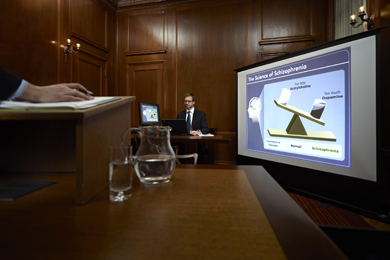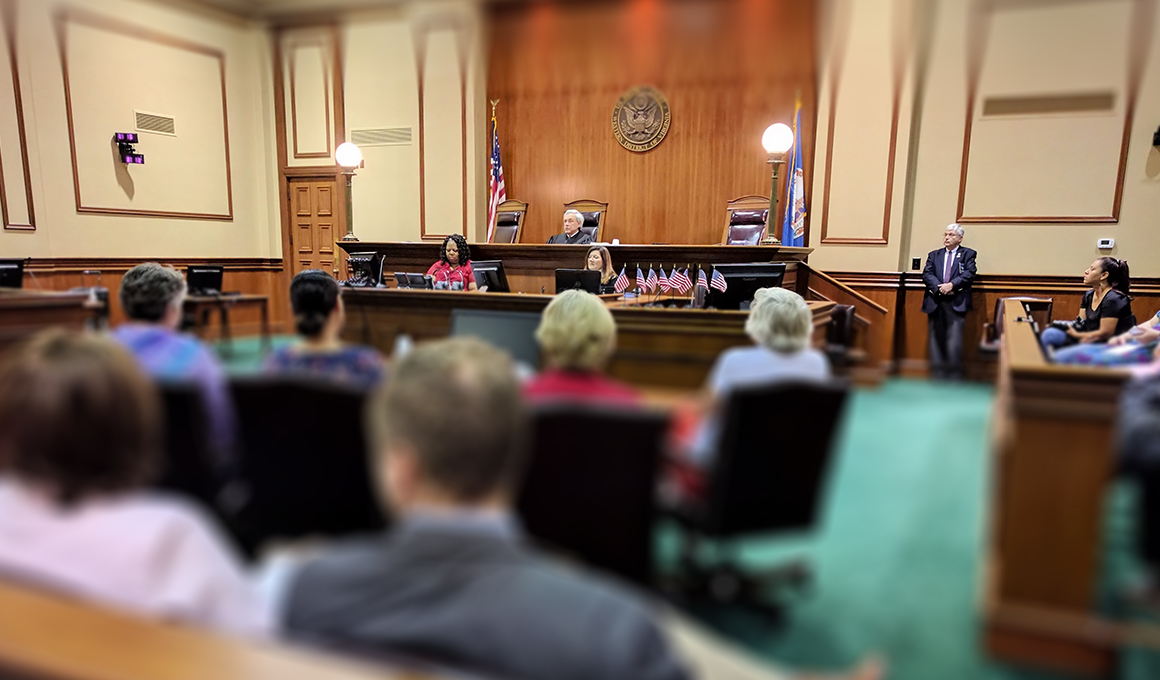Mastering Test Discussion: Tips for Engaging and Persuasive Court Room Methods
In the realm of test presentation, the capacity to engage and convince is extremely important. The challenge lies in perfectly incorporating them right into a cohesive presentation. What techniques can truly elevate a test discussion from common to exceptional?
Comprehending Your Audience
To successfully understand trial presentation, it is important to comprehend your audience. In the court room, your target market largely consists of jurors, the judge, and opposite advice. Each group has unique viewpoints, experiences, and prejudices that can influence their reception of your disagreements. Jurors, as an example, are entrusted with translating proof and developing realities based on their individual beliefs and values. Understanding their demographics, histories, and prospective biases can help customize your discussion to reverberate with them efficiently.

An awareness of the court's preferences and court room rules is just as important, as it can affect the flow of your discussion. Judges might focus on brevity and clarity, so providing your situation in an uncomplicated way can boost your credibility. Furthermore, recognizing the rival advice's strategies can help in preparing counterarguments that properly address their points.
Ultimately, recognizing your audience allows you to involve them much more successfully, promoting link and persuasion throughout the trial (trial presentation). By leveraging understandings concerning their motivations and expectations, you can create an engaging presentation that reverberates and eventually affects the end result of the situation. This foundational understanding is necessary for any type of lawyer intending to achieve success in the courtroom
Crafting a Compelling Story
A well-crafted story serves as the foundation of a reliable test discussion, guiding the target market through the intricacies of the situation. This story must be structured to engage jurors emotionally and intellectually, making the realities relatable and easy to understand. By weaving with each other the elements of the instance-- such as the timeline, key occasions, and crucial testimonies-- lawyers can develop a systematic story that resonates with jurors.
To attain this, it is important to identify the central motifs that will certainly drive the story. Lawyers ought to concentrate on the inspirations and goals of the parties involved, showing the human aspects of the instance (trial presentation). This strategy not only preserves juror interest yet likewise promotes empathy, leading them to link directly with the story
Each segment of the narrative must construct toward a compelling climax, culminating in an influential conclusion that enhances the case's core message. Eventually, a solid narrative not only makes clear the concerns at hand however also produces a long-term impression that can affect the result of the trial.
Making Use Of Visual Aids Successfully
Just how can aesthetic aids boost the effectiveness of a test presentation? Visual aids serve as powerful tools that can substantially enhance juror understanding and retention of complex info - trial presentation. When utilized thoughtfully, they can make clear vital factors, show partnerships, and highlight essential proof that supports the situation narrative
Efficient visual help include charts, graphs, timelines, and pictures, which can simplify elaborate data and supply context. For circumstances, a timeline can succinctly share the sequence of occasions, while a chart can highlight i was reading this statistical info in a visually appealing fashion. The strategic use multimedia discussions can likewise improve interaction and keep juror passion throughout the test.
Moreover, aesthetic help can aid to stimulate emotional reactions, strengthening the human elements of an instance. By offering photographs or video clips appropriate to the instance, lawyers can produce an extra engaging and relatable story. It is essential to make sure that aesthetic aids are expertly made and not excessively complicated, as this can lead to confusion rather than clearness.
Involving Body Language Techniques
Visual aids are not the only tools that can enhance the effectiveness of a trial presentation; engaging body movement methods likewise play an important function in capturing juror attention and conveying self-confidence. A presenter's nonverbal hints can considerably influence jurors' understandings and responses, making it vital to understand these strategies.

Moreover, differing your vocal tone and pace can boost your storytelling, making it a lot more compelling. Stopping strategically allows jurors to soak up essential details and signifies the significance of what you are stating. Relocating actively within the court room can aid enhance your points, offered it does not sidetrack from your message.
Including these body movement strategies will certainly not just improve your court room presence yet likewise foster an even more persuasive link with jurors, ultimately adding to the success of your trial discussion.
Practicing for Impact
Effective trial presentations pivot not only on the material however likewise on the shipment, making practice necessary for influence. The significance of rehearsal can not be overstated; it enables attorneys to improve their disagreements and establish a powerful presence in the courtroom. Taking part in calculated technique aids attorneys to recognize their strengths and weaknesses, allowing them to adjust their pacing, tone, and body language accordingly.
To practice for effect, mimic test problems view it now as very closely as possible. This consists of using aesthetic aids, practicing in front of colleagues, and soliciting constructive responses.

Verdict
Grasping trial discussion includes a diverse approach that incorporates target market understanding, narrative advancement, visual help, and body language. Extensive technique in substitute setups better strengthens these techniques, ensuring that each discussion resonates and leaves a long lasting perception on the jury.